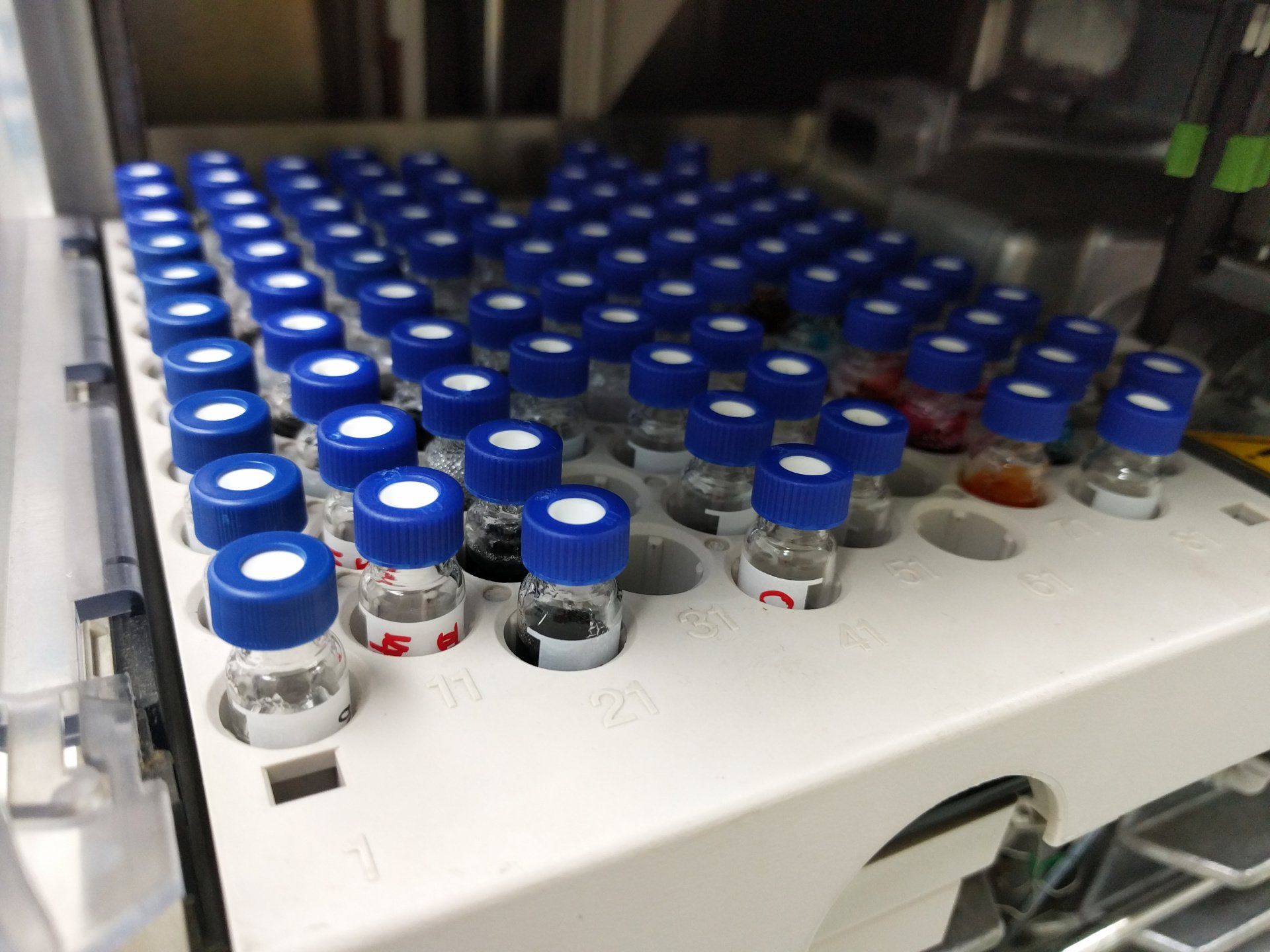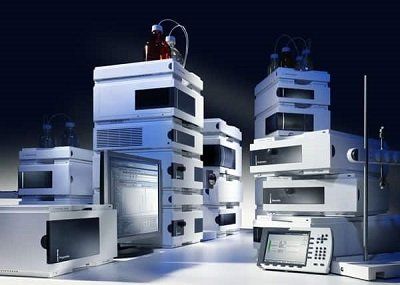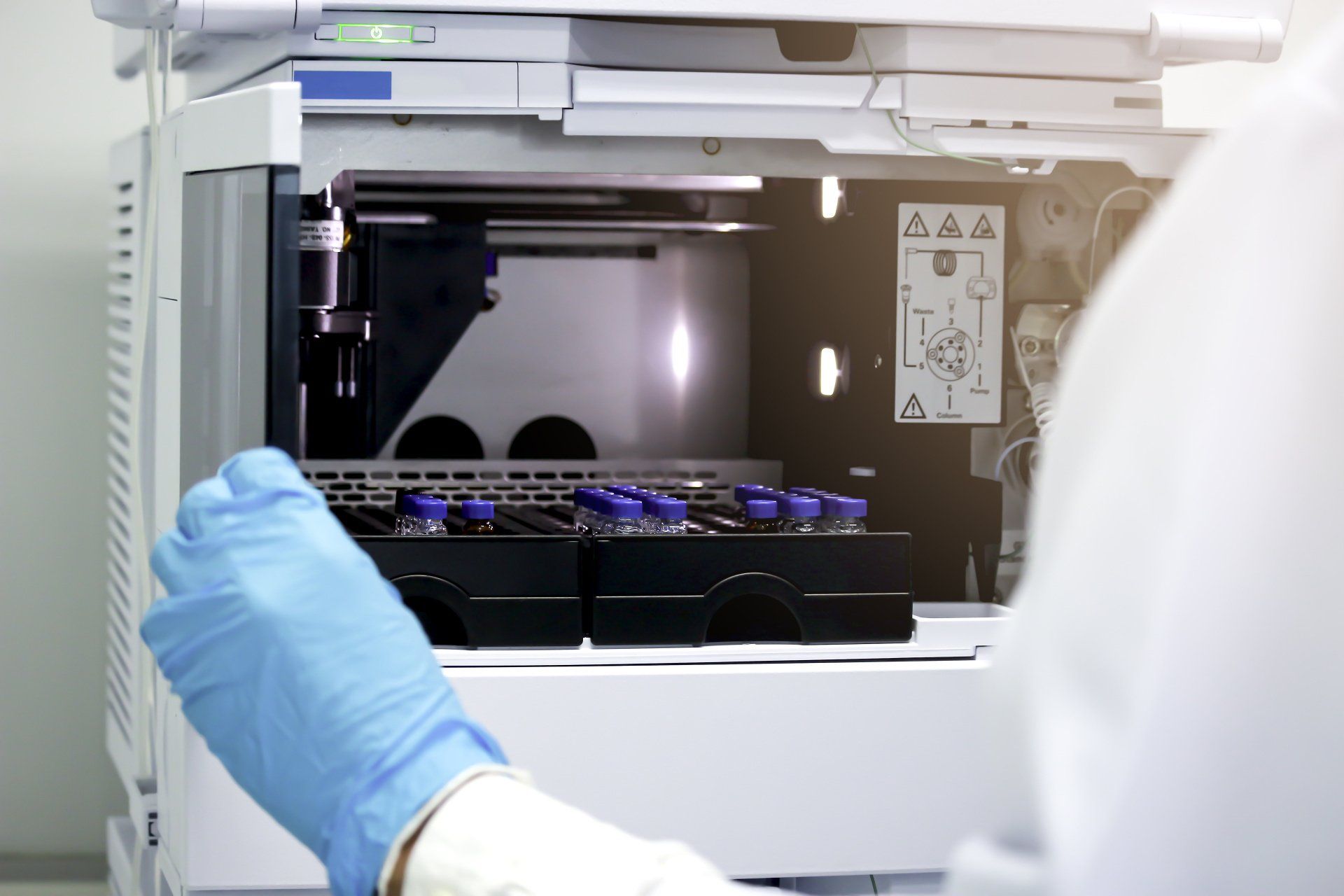Refurbished HPLC Instrumentation: How to Make the Best Decision for Your Lab
Ted Palashis | December 31, 2019
We’ve all scrolled through Amazon or other websites and stumbled across items that seemed like their price was too good to be true. Whether it’s an iPad, a laptop, an LCD TV or a variety of other items, you’ll notice that the refurbished instrumentation is significantly less costly.
Laboratory instrumentation is expensive but an absolute necessity. Furthermore it has to deliver the accurate results and analysis that your lab needs, making performance a top priority. Refurbished instrumentation is available from top brands like AB Sciex, Agilent, Shimadzu, Waters, and more. This means that you can enjoy the same great performance and proven technology, and at the same time dedicate financial resources to other areas of the lab as well.
Whether for increased capacity or redundancy of mission critical assays, refurbished lab assets allow for the quick and efficient adoption of methods and applisscations in your laboratory. This means that your operations won’t skip a beat, and you can allocate the savings in your budget to other initiatives.
Reconditioned and refurbished instrumentation can commonly be purchased at 30 to 40% of new assets. Even with these savings, it’s important to understand what you’re buying. When it comes to previously owned mass spectrometry and chromatography analytical instrumentation, the certification process is an important one.
It’s critical to trust a company that has experience with the major manufacturers and their product lines. The refurbishment and certification process requires a rigorous and diagnostic undertaking. In order to ensure that you are acquiring a fully functional, reconditioned instrument, the process starts from the inside out.
Necessary steps in assuring a top quality reconditioned instrument are included in Overbrook’s Premium Certification (OPC):
- An initial audit and inspection of the asset’s general condition, service history, and previous applications.
- Decommissioning and crating by qualified engineers and shippers.
- Audit and inspection upon arrival at Overbrook’s facility.
- Disassembly of the instrument.
- Instrument cleaning and certification.
- Professional painting and/or replacement of panels and frame.
- Inspection of mechanical, electronic, pneumatic and hydraulics.
- Components are rebuilt.
- Components are lubricated.
- Boards, tubing, valves, lamps, o-rings, gaskets, and any other necessary components are replaced.
- Re-assembly of instruments.
- Equipment is tested for proper performance.
- Administrative and operational documentation is completed and filed for easy reference.
Overbrook evaluates, purchases, certifies, and services a variety of laboratory instrumentation, including:
- LC/MS/MS
- LC/MS
- GC
- GC/MS
- HPLC /UPLC
- ICP/MS
- FT/IR
- Headspace
- Dissolution
- TOC
If you are in the market for new equipment, or are looking to trim costs with “new to you” assets, the experts at Overbrook are here to help.




